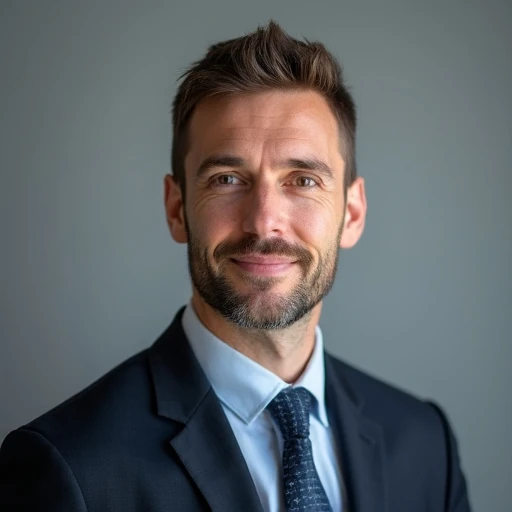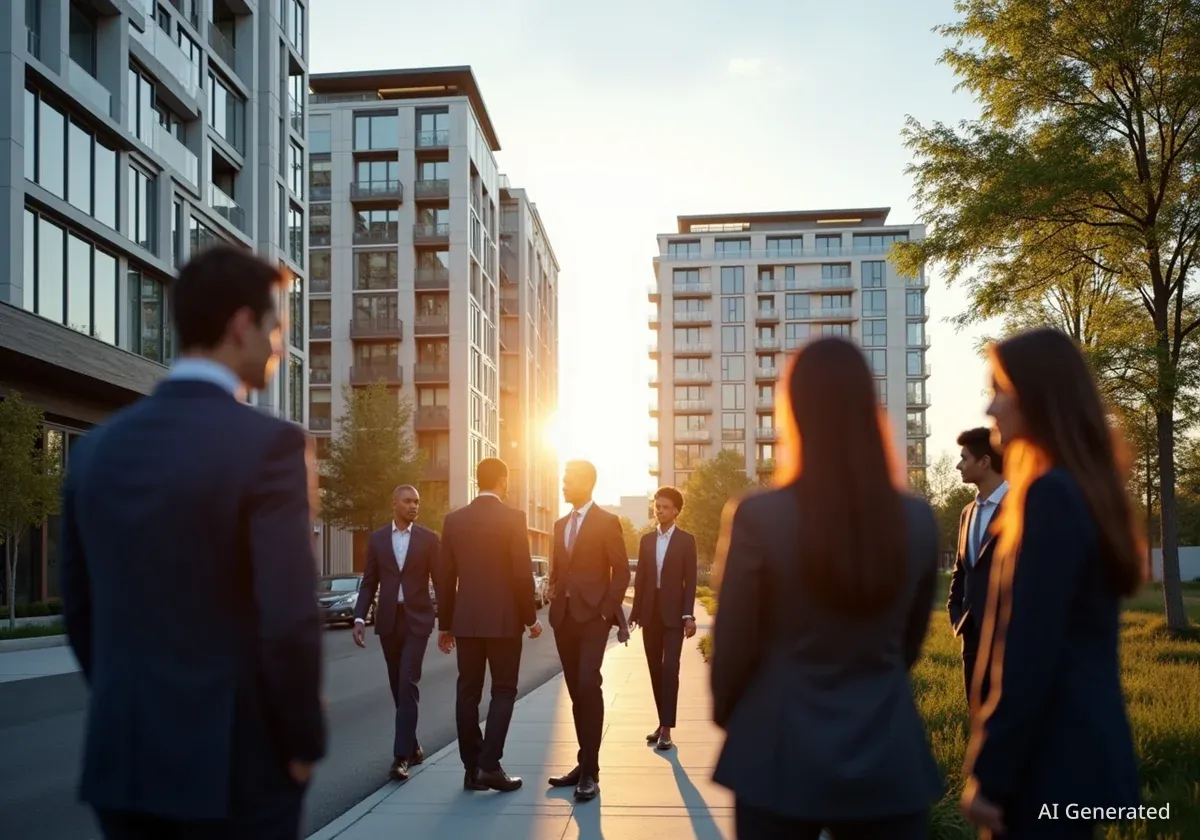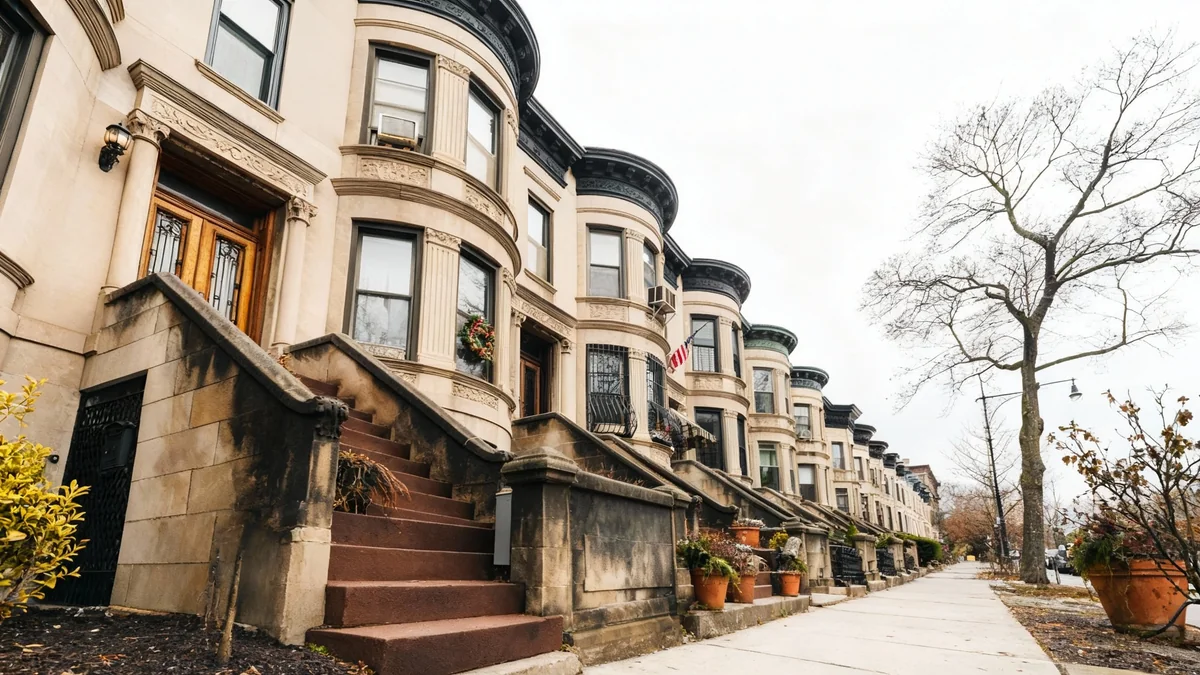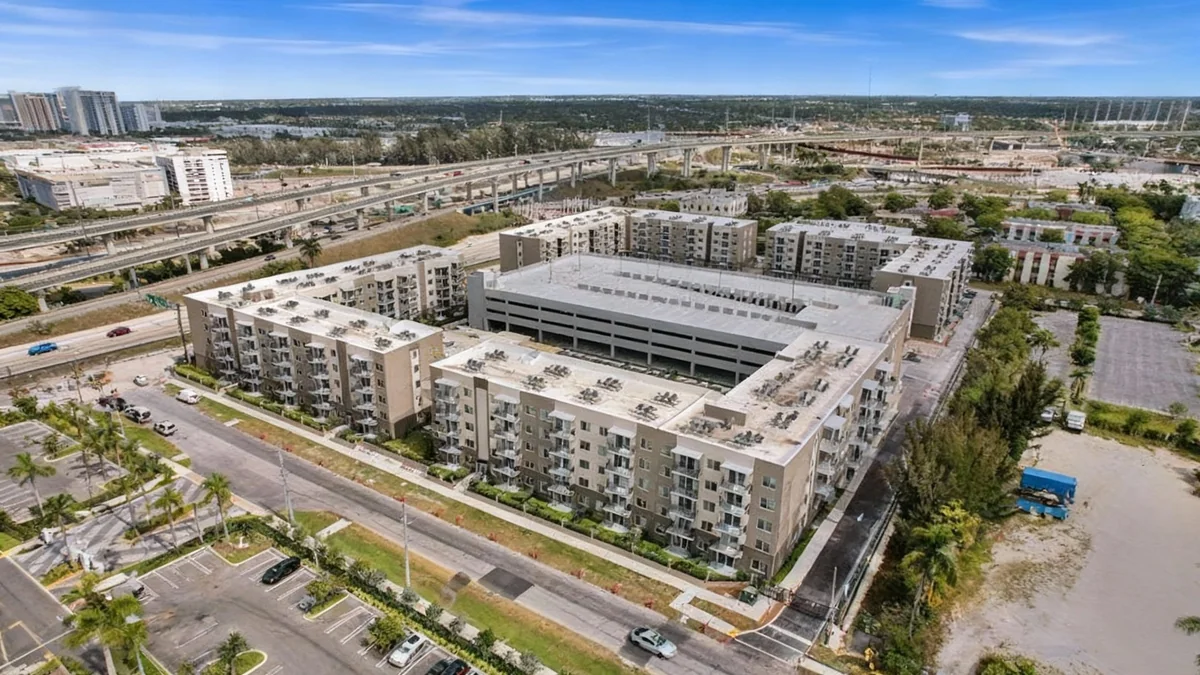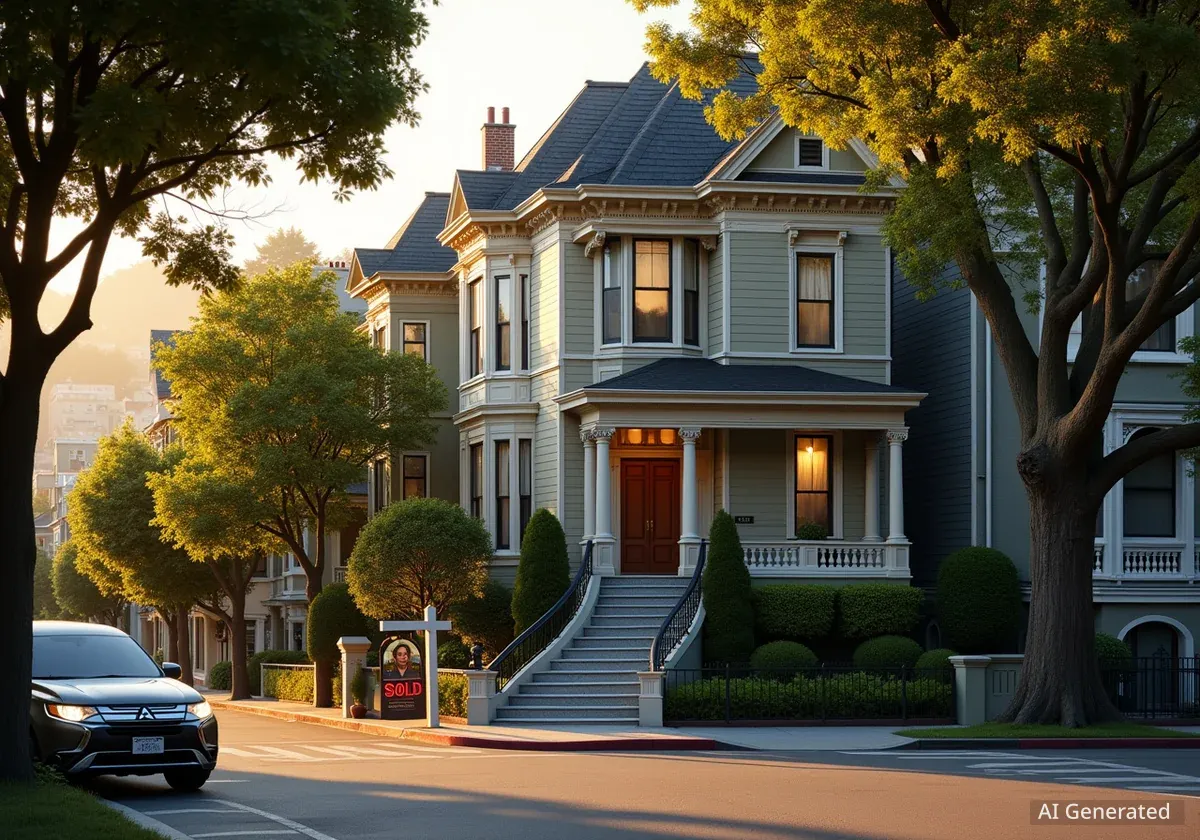Real estate experts at a recent summit in Edmond, Oklahoma, emphasized the need for patient, locally-sourced capital to foster sustainable urban development. Panelists argued that long-term community well-being should take precedence over short-term financial returns, highlighting the challenges and opportunities in creating lasting urban environments.
The discussion, held at the 2025 Commercial Real Estate Summit at the University of Central Oklahoma, brought together developers who are actively building new types of housing and mixed-use projects in the area. They shared insights on financing, regulatory hurdles, and the philosophy behind their community-focused approach.
Key Takeaways
- Experts advocate for local investors who prioritize long-term community value over quick profits.
- Current city regulations in places like Edmond are often designed for suburban sprawl, creating obstacles for dense, walkable urban projects.
- Developers are finding innovative ways to raise capital, including leveraging social media to connect with like-minded investors.
- Projects like The Townsend and The Ember in downtown Edmond exemplify the trend toward high-quality, urban infill development.
The Case for Long-Term Vision in Development
Panelists at the summit made a strong case for shifting the development mindset from rapid construction to creating enduring community assets. Austin Tunnell, founder and CEO of Building Culture, described the ultimate goal as improving the human experience through thoughtful design.
"The built environment is the human habitat," Tunnell stated. "What we are fighting for is options for people that lead to a better human habitat that lead to … ultimately more human thriving."
This philosophy underpins projects that may take longer to complete but are designed to remain valuable and functional for decades. Matthew Myers, founder of Switchgrass Capital, contrasted this approach with what he called the "merchant build" model.
"What we’re trying to do is build projects that will stand the test of time," Myers explained. "There’s naturally going to be tension between building something of high quality versus the merchant build, which is build it fast, build it cheap and sell it as quickly as you can to maximize your IRR (internal rate of return)."
New Projects Shaping Downtown Edmond
Both Tunnell and Myers are involved in projects that reflect this long-term vision. They are collaborating on The Townsend, a one-acre mixed-use development located in downtown Edmond. This project will feature:
- 18 townhomes for sale
- 2 live-work units with loft-style living space above commercial areas
- 10,000 square feet of commercial, co-working, and micro-retail space
Separately, Myers is developing The Ember, a pocket neighborhood designed to increase housing density in a walkable format. The Ember will consist of 23 homes, offering a mix of one, two, and three-bedroom floor plans at the corner of Ninth Street and Boulevard.
What is Urban Infill?
Urban infill refers to the development of vacant or underused parcels of land within existing urban areas. Unlike suburban development, which often occurs on the outskirts of a city, infill projects aim to increase density, promote walkability, and revitalize established neighborhoods by making use of existing infrastructure.
The Crucial Role of Local Capital
A central theme of the discussion was the importance of securing the right kind of financial backing. Eddie Coates, co-founder of Canvas Architecture & Development, warned against relying on outside capital from investors solely focused on maximizing profits.
He pointed to the rapid growth in the Dallas-Fort Worth area, where he said some developments funded by out-of-state investors resulted in "regrettable outcomes for your community."
"Developers need to look for partners who have a scorecard that’s not just financial return maximization," Coates urged. "If that’s the only thing on your scorecard and everything else falls by the wayside, you’re often going to have regrettable outcomes."
Myers echoed this sentiment, stating that his most successful partnerships are with Edmond residents. "Local partners both on the debt and equity side are really important," he said. "We try to find lenders that will take the time to understand the project." He noted that non-local investors often don't understand the local culture or the long-term vision.
"They have to care that we’re trying to build something that’s going to look good in 50 years," Myers added.
Overcoming Financial and Regulatory Hurdles
While local funding is preferred, it isn't always easy to secure. Tunnell, who moved to the Oklahoma City area in 2020, explained that he initially lacked the local network to raise capital traditionally.
"For me, raising capital locally was kind of hard because nobody knows who I am, but what I did have is a social media following," Tunnell said. He used his online presence to attract investors who believed in his mission. "I think there’s tons of people out there that want to participate in building something good or even great."
Regulatory Challenges Persist
According to Matthew Myers, one of the biggest challenges for his projects has been navigating city regulations. He stated, "In the city of Edmond, a lot of the code is written for suburban neighborhoods, so that doesn’t fit with what we’re doing." This mismatch creates delays and adds complexity to urban infill projects.
Beyond financing, outdated municipal codes present a significant obstacle. Coates noted that developers like him have been searching for ways to overcome regulatory hurdles that make denser, more walkable neighborhoods difficult to build.
He sees positive momentum, however, pointing to legislative changes in states like Texas and Tennessee that are making it easier to build better communities. These reforms often address issues like minimum lot sizes and density restrictions.
"I’m hopeful to be involved with some state leadership on the legislative side to help bring some of those things, when they’re right, forward here locally," Coates concluded, expressing optimism for future policy changes in Oklahoma.
